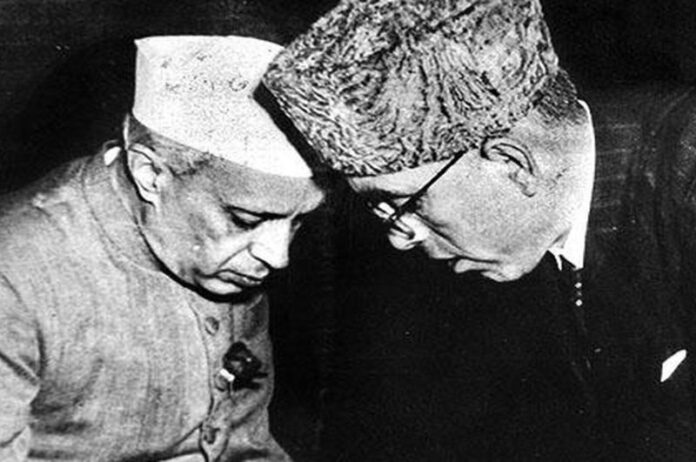Article 370: Now history, here’s how it was adopted in the Indian Constitution
Article 370, now a matter of history, traces its adoption in the Indian Constitution. Originally part of the “Temporary, Transitional and Special Provisions” in Part XXI, this provision, granting special status to Jammu and Kashmir, was eventually abrogated by the central government four years ago. The Supreme Court, in a unanimous decision on Monday (December 11), upheld the government’s action. Enacted as an interim measure amid wartime conditions, Article 370 conferred special status on Jammu and Kashmir, granting it a constitution, a state flag, and control over internal administration, with exceptions in defense, foreign affairs, finance, and communications. This autonomy had its roots in the historical context of the state’s accession to India and its colonial past. Although Article 370 is now obsolete, its incorporation into the Indian Constitution has a historical narrative.
1. Instrument of Accession:
During British rule (1846-1858), Jammu and Kashmir existed as a princely state under a subsidiary alliance. Post the First Anglo-Sikh War, the East India Company, having annexed the Kashmir Valley, sold it to Maharaja Gulab Singh of Jammu for Rs 75 lakh. Despite being part of the British Raj, the state maintained sovereignty, limiting control in defense, foreign affairs, and communications. In 1947, as Partition loomed, Maharaja Hari Singh, the ruler, faced invasion from tribal militias backed by Pakistan. Seeking assistance from New Delhi, he reluctantly signed the Instrument of Accession on October 26, 1947, agreeing to accede to India on matters of defense, foreign affairs, and communications while retaining sovereignty.
2. Article 370 Adopted in Constitution:
Central to Jammu and Kashmir’s unique status was Clause 7 of the Instrument of Accession, leading to the creation of Article 370. Tasked with drafting, N Gopalaswami Ayyangar, a key figure in the Indian Constitution’s drafting committee, worked alongside leaders like Nehru and Patel. After months of negotiations and discussions involving Sheikh Abdullah, the Prime Minister of Jammu and Kashmir, Article 370 was formally adopted on October 17, 1949, by the Constituent Assembly, safeguarding the state’s special status within the Indian Union.
3. Why Article 370 Was Necessary:
Ayyangar defended Article 370 in the Constituent Assembly, citing the “unusual conditions” prevailing in Jammu and Kashmir due to the ongoing war. Proposed as an “interim system” in the absence of a state legislature, Article 370 aimed to provide governance until the state formulated its constitution. Enacted on January 26, 1950, it set the framework for Jammu and Kashmir’s relationship with India. Over the years, successive Presidential Orders gradually eroded its autonomy, culminating in its revocation on August 5, 2019, leading to the state’s bifurcation into Union Territories, Jammu and Kashmir and Ladakh. The Supreme Court’s recent unanimous verdict upheld this decision, marking the end of Article 370 and the integration of Jammu and Kashmir into the Indian Union.



